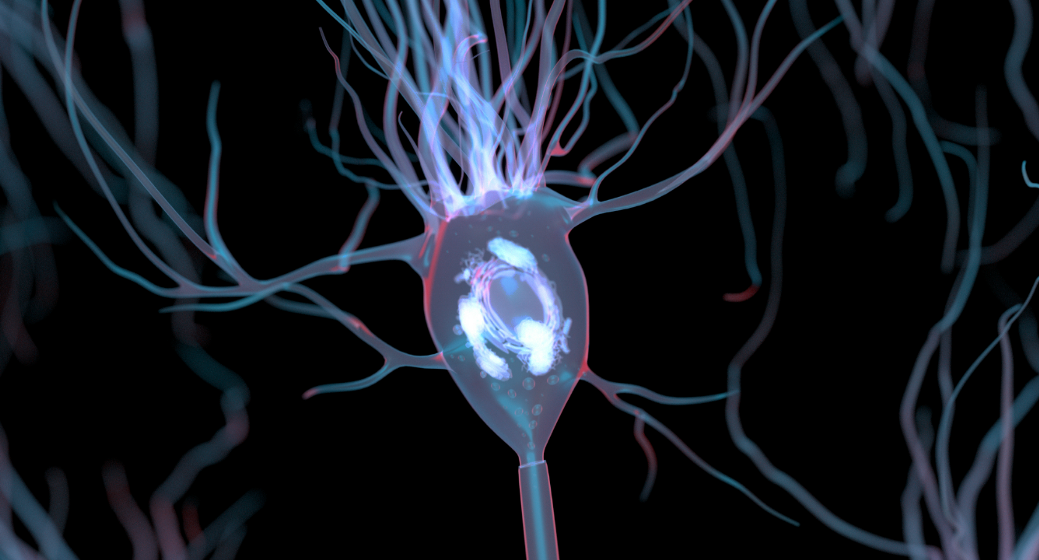Magnetogenetics goes deep into the brain. “A major step toward developing a ‘dream tool’ for remotely controlling neural circuits”
The ability to control different aspects and activities with magnetic fields is no longer restricted to the mischief of comic book villains. Using synthetic biology to figure out just what neurons do has always been a tricky task, because it has been limited by requiring invasive surgery (optogenetics) or slow on-off kinetics (drugs). But now magnetogenetics emerges as a new alternative!

Building on the concept of a system similar to optogenetics but powered by magnets, a talented team from the University of Virginia has brought forth “Magneto”. Magneto’s inducible powers come from the fusion of a calcium channel (TRPV4) to a gene containing two subunits of the paramagnetic ferritin protein (FTL and FTH1). The system takes advantage of TRPV4’s ability to respond to physical pressure, which allows the channel to be opened by the magnetic torque created by an overly excited ferritin.
Magneto also contains a sub-cellular trafficking signal to localize it to the plasma membrane. When these channels open, a calcium transient occurs, which depolarizes the membrane and results in neuronal signaling.
The team then turned to magnetogenetic proof of concept experiments using some relatively easily purchased magnets:
- Human embryonic kidney (HEK293) cells transfected with Magneto showed a 2.5 fold increase in calcium transients upon magnetic stimulation. Notably, these electromagnets were purchased from eBay and generated a ~50 mT static magnetic field.
- Electrophysiological experiments in mouse brain slices showed that Magneto can rapidly and reversibly depolarize the membrane of excitatory neurons in a magnetic field.
- Taking the system in vivo, the team examined Zebrafish embryos where a magnetic field resulted in a standard behavioural coiling response.
- Finally, the team turned to engineered mice and created a chamber with two arms. One arm contained magnetic field gradients (of 50-250 mT generated by 8 rare earth magnets) and the other arm had no magnetic field. Magneto was inserted into striatal dopamine receptor1 neurons of the mice, which resulted in them preferring to spend time in the arm of a chamber with a pleasure inducing magnetic field. This clever approach shows a casual role for the specific neurons in mediating reward behavior in mice.
First author Michael Wheeler shares, “These response behaviors, in two separate species of animals, validate that the cells containing the synthetic gene turn on in a magnetic field. This field can penetrate the brain regardless of tissue density – like MRI – and can turn on specific circuits at a specific time, whenever the test subject is within the magnetic field.”
Senior author Ali Deniz Güler concludes, “We may have discovered a major step toward developing a ‘dream tool’ for remotely controlling neural circuits, by manipulating specific cells using engineered gene products that respond to magnets.”
The discovery has been published in Nature Neuroscience, March 2016.
yogaesoteric
October 5, 2021
